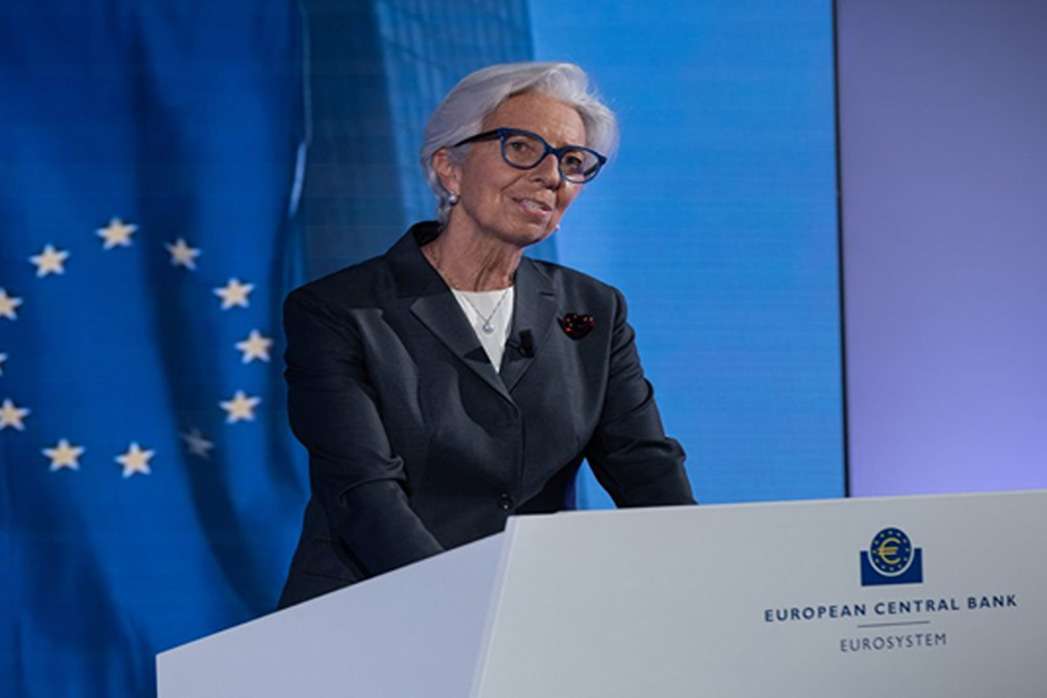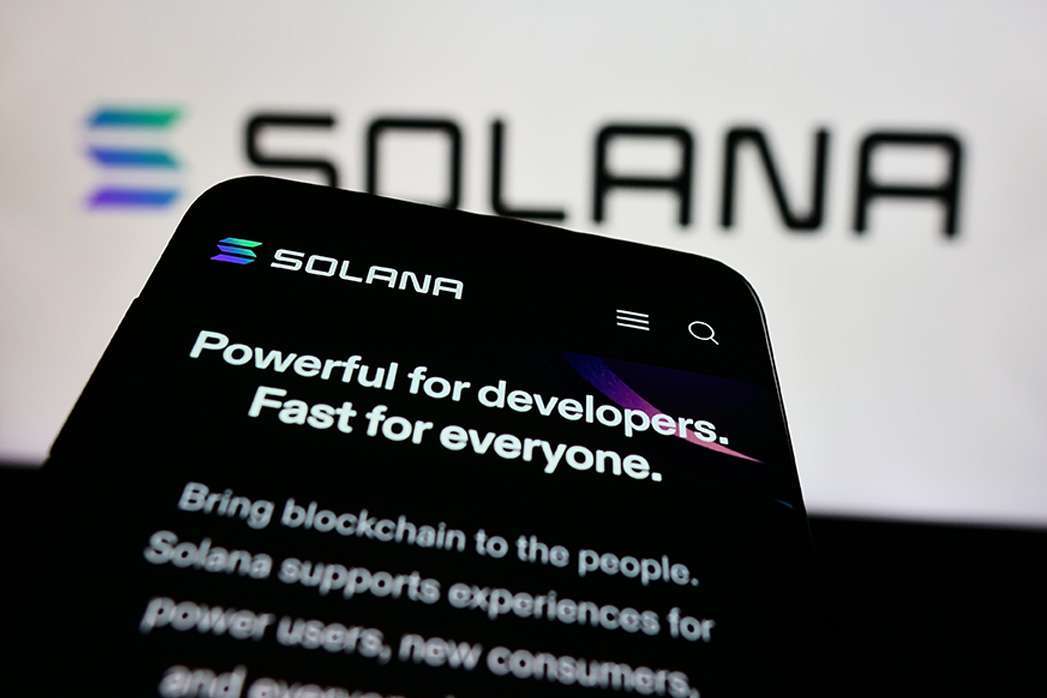Christine Lagarde’s Shift on CBDCs: The European Central Bank’s New Strategy Unveiled
In a recent address at the 25th ECB and Its Watchers conference in Frankfurt, Christine Lagarde, President of the European Central Bank (ECB), outlined a significant shift in the institution’s approach to Central Bank Digital Currencies (CBDCs). Lagarde emphasised agility, clarity, and a renewed commitment to price stability amid an evolving geopolitical and economic landscape. Her speech signalled a turning point in the ECB’s strategy regarding digital currencies, reflecting the broader challenges posed by inflation volatility, trade disruptions, and technological advancements.
At the 25th ECB and Its Watchers conference in Frankfurt, Christine Lagarde highlighted the European Central Bank (ECB) ‘s transformation toward the Central Bank Digital Currency (CBDC). According to ECB Chief Christine Lagarde, price stability, agility, and clarity are now the essential priorities under the current changes in geopolitics and economics. The speech indicated a new direction for ECB digital currency strategies, which stemmed from the multiple challenges of price instability and trade complications.
A New Direction for CBDCs
Central Bank Digital Currencies (CBDCs) have long been a topic of interest at the ECB. Lagarde’s address marked a shift in ECB policy by supporting digital currencies, which help maintain financial stability and robust monetary policy. She stated that the ECB’s digital euro project now needs implementation because digital payment platforms have brought financial transactions to rapid digitalisation.
The ECB understands that European digital financial sovereignty needs immediate attention because non-EU financial institutions expand their payment sector presence while digital payments become more prevalent. According to Lagarde, a digital euro can function as a secure substitute for private digital money while helping to implement monetary policy better, thus safety during these unpredictable times.
Geopolitical and Economic Pressures
According to Lagarde, monetary policy faces adjustments due to growing international trade barriers, rising political risks, and changing price levels. Traditional monetary policy tools have fallen short due to the economic insecurity resulting from global trade policy changes and evolving economic alliance dynamics.
“In a more uncertain environment, larger and possibly more persistent shocks, the way we have formulated our inflation target matters – that is, we aim for 2% inflation, our target is symmetric, and we work to achieve it over the medium term.” She added.
The ECB emphasises CBDCs’ fundamental role in overcoming present and future market obstacles. The adequately organised digital euro system solves payment breakdown issues while offering secure financial support compared to private digital currencies and altcoins.
Balancing Innovation and Stability
Further, Lagarde also recognised the importance of maintaining equilibrium. The ECB’s approach to CBDC develops the need to establish mechanisms that prevent existing banking operations from destruction. Bank run and capital flight pose a significant challenge to traditional systems. Lagarde outlined that the ECB plans to put transaction caps along with varied payment methods to stop customers from relocating significant funds from banking institutions to digital euro systems.
She also highlighted the need for privacy and security during the development of CBDCs. The digital euro system must preserve user privacy while still fulfilling all requirements of anti-money laundering standards. The anonymity vs transparency factor must find optimal equilibrium for digital euro adoption and achieving public trust.
Clarity in Policy Communication
Lagarde aspires to decrease market uncertainties and strengthen financial stability. The central bank will stay connected with commercial banks’ regulatory bodies and the general public to establish an approach for digital euro implementation that enhances instead of replaces existing monetary systems.
Through her speech, Christine Lagarde highlights the fundamental transformation of how the ECB will handle Central Bank Digital Currencies. The digital euro is a central component in the ECB’s strategy to manage market volatility while the economy remains unstable. The ECB has strategically moved to update its monetary instruments due to geopolitical instability, rising inflation, and changes in the digital financial systems worldwide.
In summary, innovation must coexist with financial stability for future development. The digital euro’s success depends on the ECB’s capability to inspire confidence in the public and seamlessly integrate systems while establishing monetary stability as the key foundation for future financial operations in the EU.
Image Source: Adobe Stock
Disclaimer: This article is purely for informational purposes. It is not offered or intended to be used for legal, tax, investment or financial advice.


